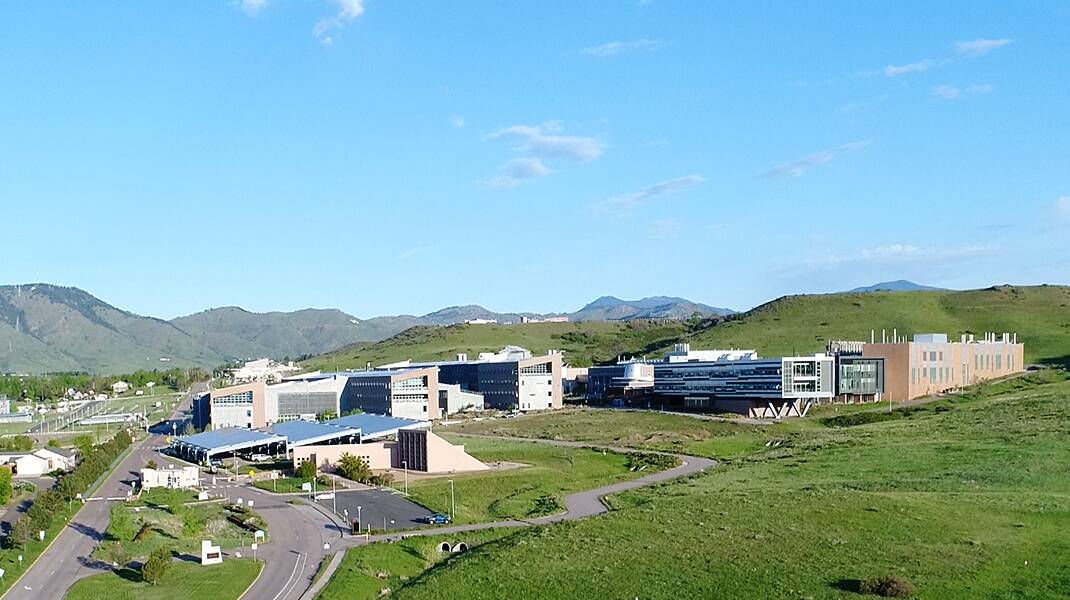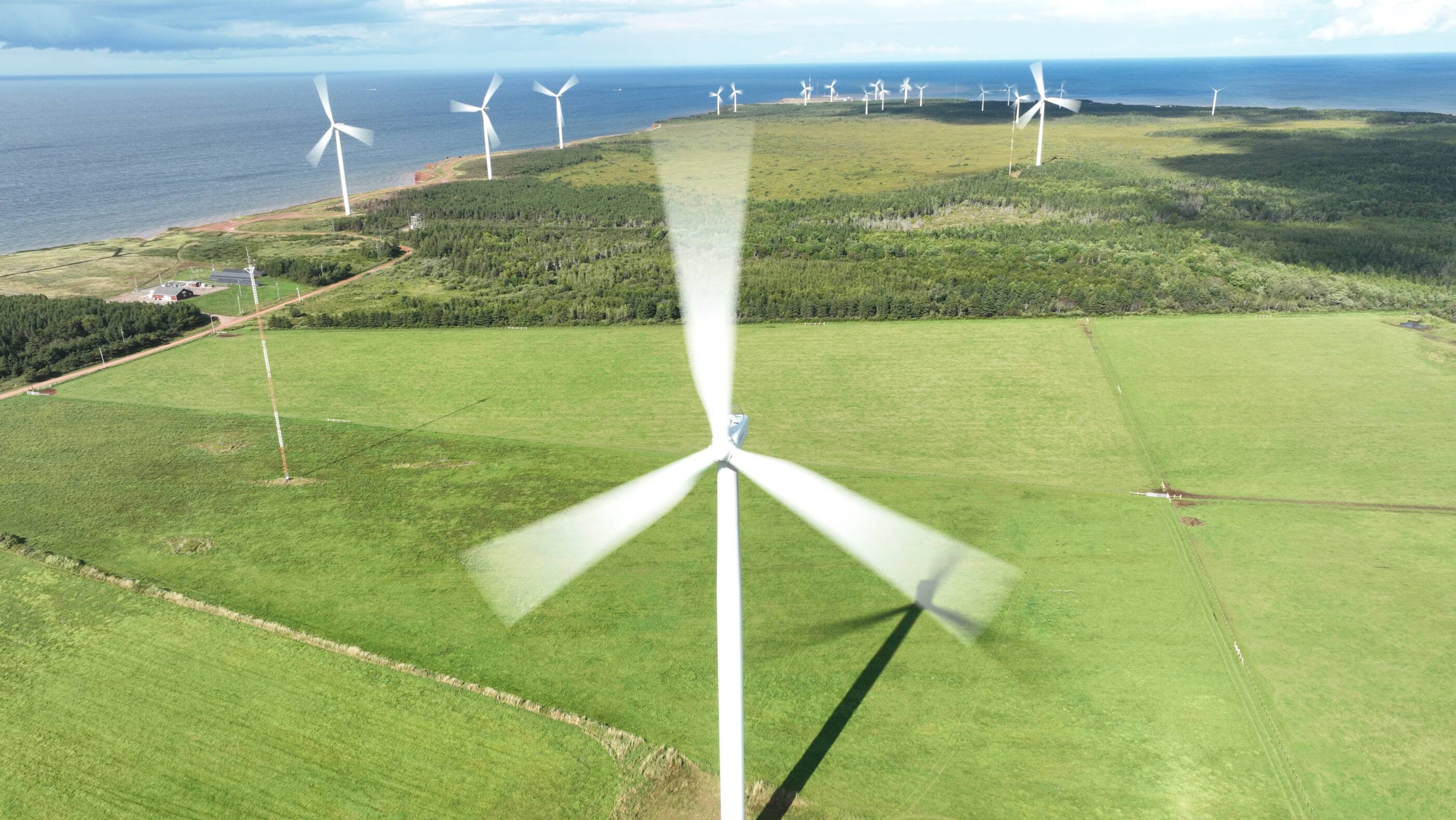selected item
Putting wind lubricants to the test, 33 stories high
Andrea Williamson isn’t afraid of heights. In fact, as a field technical advisor at ExxonMobil, she climbs 260 feet to the top of a wind turbine and that’s just another day on the job.
Developing the next generation of wind turbine lubricants requires researchers to constantly monitor equipment on the ground and up above.
Our technicians and researchers are doing just that in collaboration with the Wind Energy Institute of Canada (WEICan).
“Every component that moves in a turbine requires a lubricant,” says Andy Doucette, wind turbine technician at WEICan. “Lubricants, like oil or grease, keep friction to a minimum so it’s less likely that parts will malfunction or wear prematurely. Our research collaboration with ExxonMobil is really aimed at creating advanced lubricants that better protect equipment, keeping them running more efficiently for longer.”
Technicians like Andy and Andrea climb up the tower to perform maintenance and gather samples for lab testing. But getting those samples – 33 stories above the ground – isn’t as easy as getting your car’s oil changed.
Below, see firsthand what it’s like to climb to the top of a turbine.
Explore more

The future of seismic imaging and technology
- We will be deploying cutting-edge 4D seismic technology and High-Performance Computing (HPC), demonstrating our commitment to technology development and cementing us as a leader in subsurface capabilities.
- The new Discovery 6 supercomputer is the result of a strong collaboration -- built by Hewlett Packard Enterprise (HPE) and accelerated by NVIDIA, delivers up to 4 times faster performance compared to our previous supercomputer, Discovery 5.
- Our cutting-edge 4D seismic technology, in combination with world-class HPC, will reduce 4D seismic processing time from months to weeks.
3 min read
• March 13, 2025
A “quantum leap forward”: We’re pioneering a new automation technology that could transform manufacturing
- We’ve helped develop a next-generation architecture for industrial controls.
- Like a smartphone, its “apps-like” ecosystem can reduce costs and unleash innovation across multiple industries.
- In Baton Rouge, we’re the first in the world to deploy it at commercial scale.

Knock on wood: turning biomass into fuel
- The energy transition will require multiple solutions and collaborations.
- ExxonMobil and the National Renewable Energy lab are testing the conversion of wood waste to bio-oil.
- This oil has the potential to be upgraded into a biofuel for the vehicles we drive today.

Keeping wind energy moving
At the remote northern tip of Prince Edward Island, Canada, 260-foot wind turbines tower over of the picturesque landscape and red sandstone cliffs. Beyond the horse stables and potato farms is WEICan, the Wind Energy Institute of Canada. There, scientists and researchers are working alongside experts from government, academia and industry – including many from ExxonMobil – to shape the future of wind energy technology.

